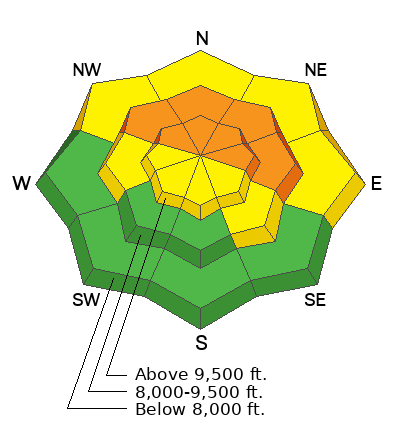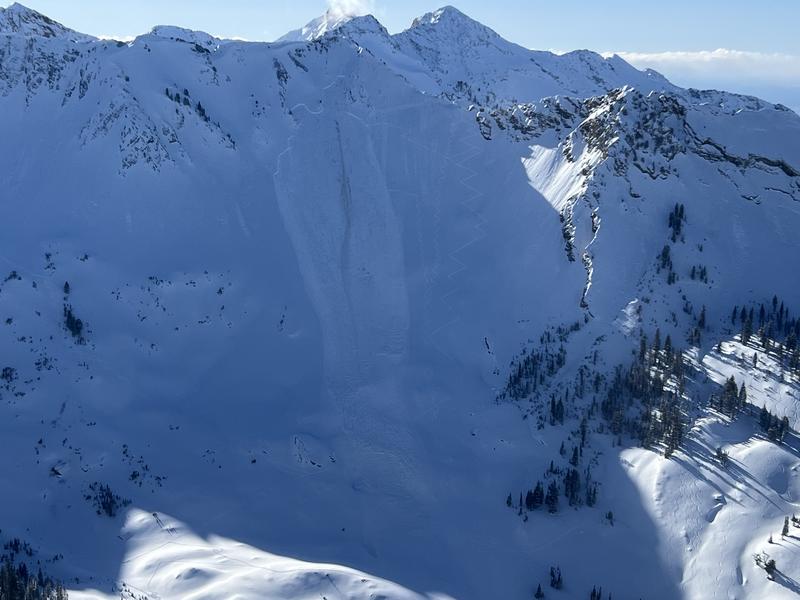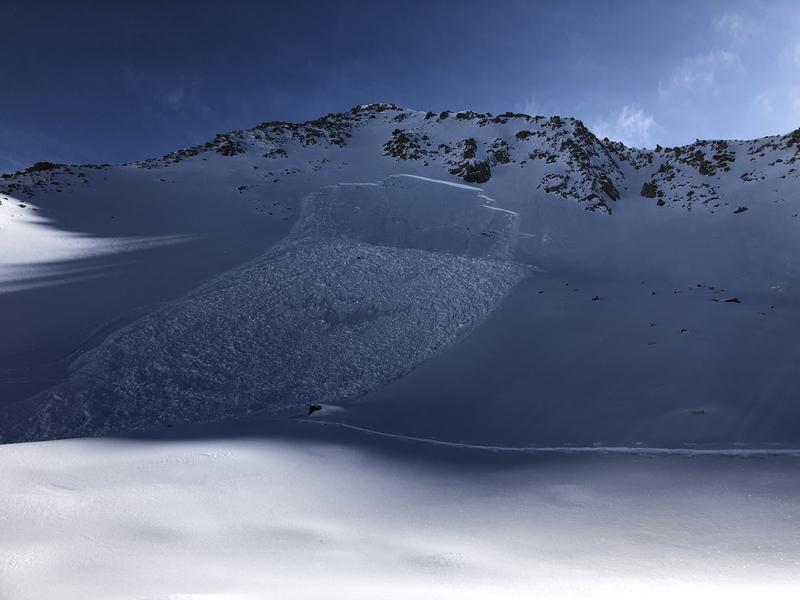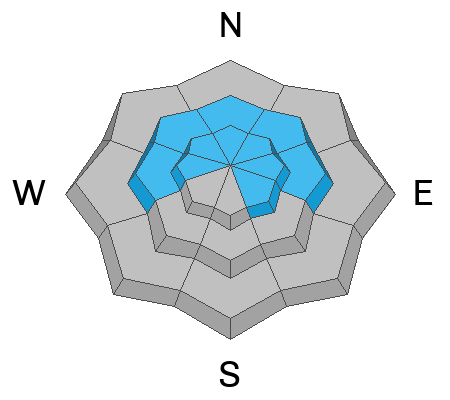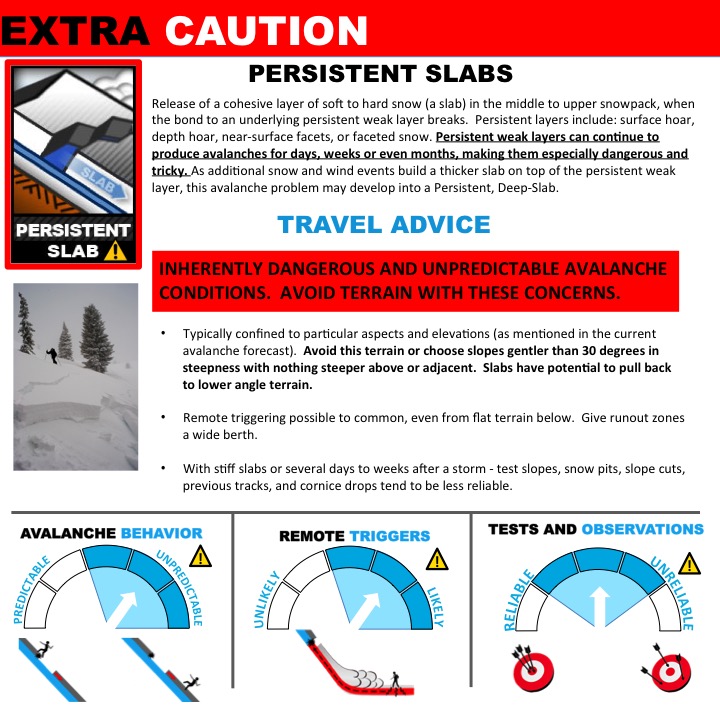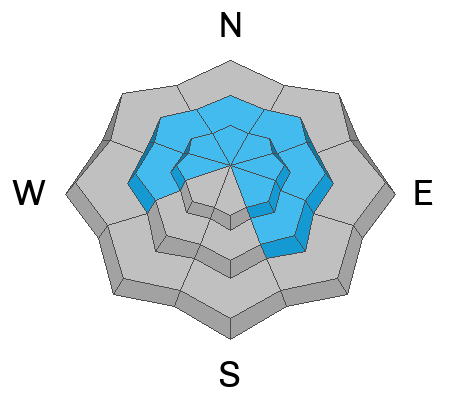Insight into yesterday. I'm at the hospital talking with the survivor of
Saturday's fatal avalanche accident in Silver Fork. The victim had been an acquaintance of mine. It's Utah's fourth fatality of the winter. The survivor is recovering from surgery to repair his broken leg. It's midday. And then my phone blows up with reports of a large avalanche triggered along the Cardiac Ridge with potential multiple burials...
A very preliminary report for the avalanche fatality in the East Bowl of Silverfork from Saturday can be found
HERE>
The accident report for the avalanche fatality on Monte Cristo (Ogden mountains) from February 3rd is published
HERE.The accident report for the full burial and partial burial (live recoveries) in Dutch Draw (Park City ridgeline) from Saturday is published
HERE.
Please join UAC Forecaster Craig Gordon at Ecker Hill Middle School tonight from 6:30-8:00 PM for a State of the Snowpack presentation hosted by Park City Professional Ski Patrol Association -- Reserve a spot
HERE.
I thought I'd shake it up a bit.
These two avalanches above were unintentionally triggered yesterday by two long time and very experienced backcountry skiers. Both very close calls.
The top photo (courtesy Powderbird)
is on the Cardiac Ridge on a steep northeast facing slope at 10,400'. It broke 2-3' deep and over 200' wide. It left a large debris pile and led to some confusion as to whether anyone was buried. The skier was not caught as he skiied off the slab at the top.
The bottom photo is in the north bowl of Lake Peak in mid-White Pine of Little Cottonwood Canyon. A solo skier on the uptrack remotely triggered a sizeable avalanche 2.5' deep and 300' wide. It broke 300' above him. He was caught and carried 500', dusted himself off and skiied away. 10,400' north facing. There were five previous tracks on the slope.
Both of these avalanches broke on old faceted snow on slopes that avalanched previously over the Christmas cycle.
It's some of the best skiing and riding of the year right now, but we don't sit easy in the forecast office. I view the snowpack structure as fairly complex with a lot of avalanches failing on a lot of different weak layers. Some of the weak layers formed in November and December, some in late January, some with Friday's blockbuster storm. When the snowpack gets complex, I recommend choosing the simple option: low angle terrain. There's plenty of slopes 30° or less that offer excellent riding without having to thread the needle or outsmart the avalanches. Just my 2 cents from 25 years in the easy chair.
Skies are mostly cloudy ahead of a weak brush-by storm that'll offer an inch or three, but mainly it'll drop temps to five below zero Fahrenheit by tomorrow. Winds should be light from the west. By Thursday, temperatures will rebound and winds will become strong from the southwest ahead of a potent looking storm for Thursday night through Saturday.
See above. Also, ski area control teams triggered some hard slabs of wind drifted snow in the high alpine of LCC.

